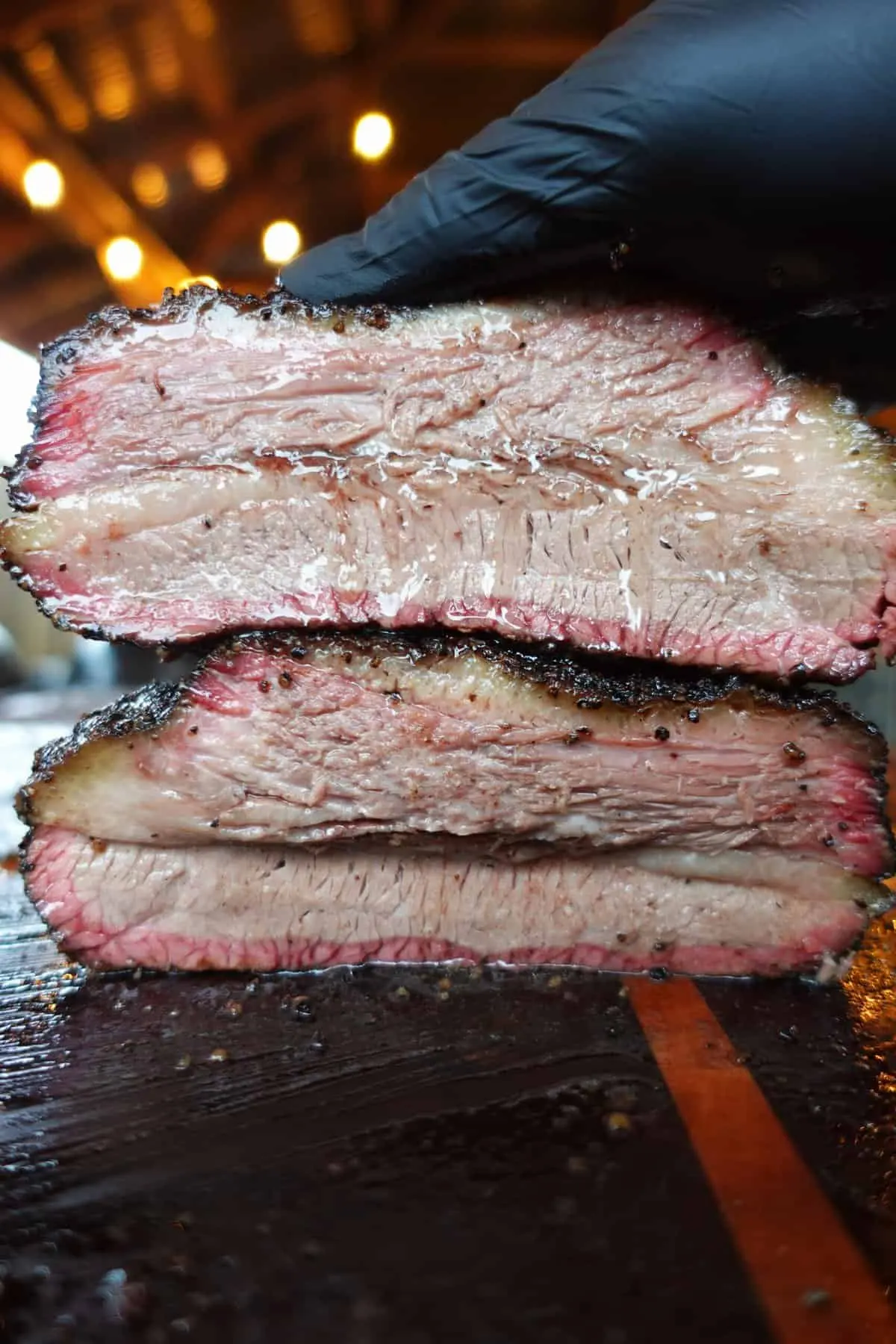Smoked brisket is a popular meat dish that requires time and patience to cook to perfection. Achieving the ideal level of doneness can be a challenge for many home cooks and barbecue enthusiasts. In this article, we will explore the different methods and indicators to determine when your smoked brisket is done.
Why is it important to know when your brisket is done?
Knowing when your smoked brisket is done is crucial to ensure that it is both safe to eat and has the desired tenderness. Undercooked brisket can be tough and chewy, while overcooked brisket can become dry and lose its flavor. By understanding the signs of doneness, you can achieve a perfectly cooked smoked brisket that is juicy, tender, and full of flavor.
Methods to determine when your smoked brisket is done
Internal temperature
One of the most reliable methods to determine the doneness of smoked brisket is by measuring its internal temperature. The ideal temperature for a fully cooked brisket is around 200-205°F (93-96°C). To measure the internal temperature, you can use a digital meat thermometer inserted into the thickest part of the brisket without touching the bone. Once the desired temperature is reached, your smoked brisket is likely done.

Probe test
Another technique to check the doneness of smoked brisket is by performing a probe test. This involves inserting a probe, such as a skewer or toothpick, into the thickest part of the meat. If the probe slides in and out with little resistance, your brisket is likely tender and done. However, if it meets resistance or feels tough, it may require more cooking time.
Visual cues
Experienced barbecue cooks often rely on visual cues to determine the doneness of smoked brisket. As the brisket cooks, the exterior develops a dark, caramelized crust known as the bark. When the bark appears deep brown or black and has a slightly wrinkled texture, it is a good indication that your brisket is nearing doneness. Additionally, the meat should have a rich, reddish-brown color throughout.
Factors that affect cooking time
The cooking time for smoked brisket can vary depending on several factors, including:
- Size and thickness of the brisket
- Smoker temperature and consistency
- Amount of fat marbling in the meat
- Desired level of tenderness
It is important to note that brisket is a tough cut of meat that requires low and slow cooking to break down the collagen and connective tissues. Therefore, it is normal for the cooking process to take several hours, sometimes even up to 12-16 hours for larger cuts.
Q: Can I undercook a smoked brisket?
A: Undercooking a smoked brisket can result in a tough and chewy texture. It is essential to cook the brisket until it reaches the recommended internal temperature to ensure it is safe to eat and tender.
Q: How long should I let my smoked brisket rest?
A: After your smoked brisket is done, it is recommended to let it rest for about 20-30 minutes before slicing. This allows the juices to redistribute, resulting in a more flavorful and moist brisket.
Cooking smoked brisket to perfection requires attention to detail and an understanding of the different indicators of doneness. By using methods such as checking the internal temperature, performing a probe test, and observing visual cues, you can confidently determine when your smoked brisket is done. Remember to consider the factors that can affect cooking time and allow your brisket to rest before serving for the best results. With practice and patience, you can achieve a delicious and tender smoked brisket that will impress your family and friends.
If you want to know other articles similar to When is smoked brisket done? | methods, tips & indicators you can visit the Cooking category.


Related Articles